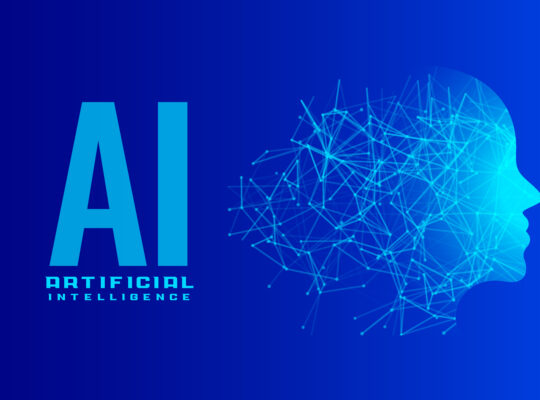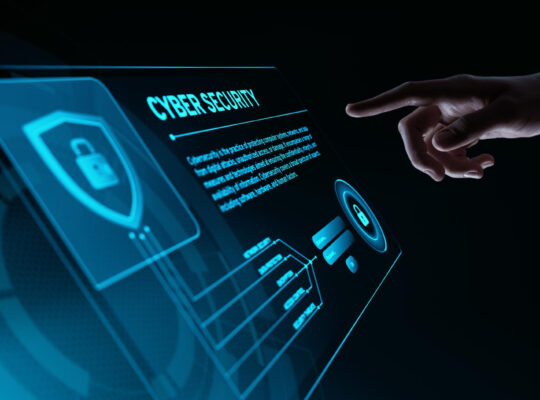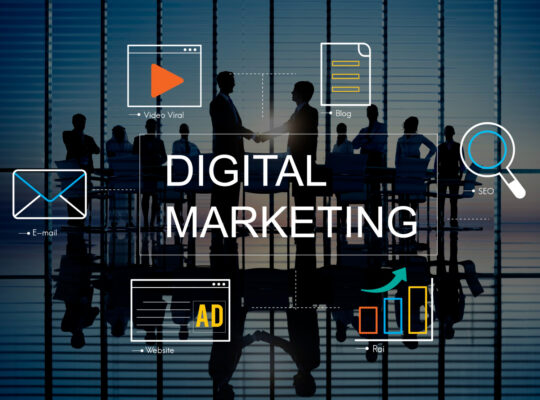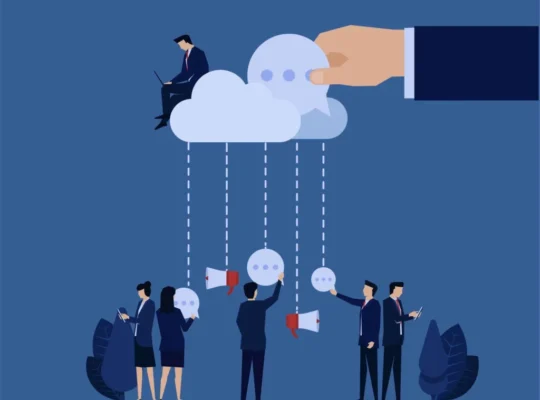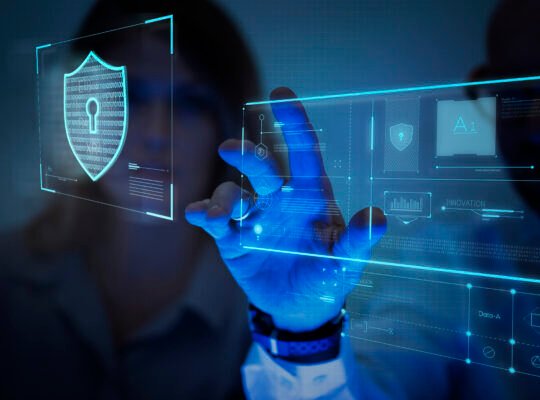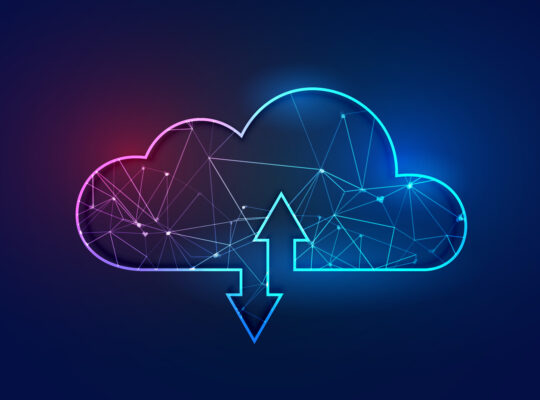The Rise of Edge Computing
The technology landscape is witnessing a significant surge in edge computing adoption. This growth stems from the proliferation of IoT devices generating unprecedented volumes of data and the increasing demand for real-time decision-making capabilities. Edge computing presents an alternative approach to cloud computing by processing and storing data near its origination point, effectively reducing latency issues and addressing bandwidth constraints.
Understanding Edge Computing
Edge computing focuses on data processing at or near the source of data generation. This approach eliminates the need to transmit everything to centralized data centers—a concept often referred to as “computing on the edge.” By maintaining data storage capabilities close to the network periphery, organizations can minimize long-distance communication with remote cloud servers.
How Edge Computing Functions
In edge computing environments, devices such as IoT sensors and smart cameras conduct data analysis directly on-site. Industrial equipment operates based on locally processed information, sending only essential insights to cloud infrastructure. This methodology significantly reduces latency and preserves bandwidth, enabling faster decision-making processes and enhancing operational efficiency.
Common edge devices include:
- Smart manufacturing sensors that detect equipment issues in real time
- Surveillance systems with integrated AI for immediate threat identification
- Retail point-of-sale systems that enhance customer experiences through local processing
Real-World Applications of Edge Computing
Autonomous Vehicles
Self-driving vehicles leverage edge computing to process sensor data with minimal delay. This capability facilitates immediate navigation adjustments and safety responses, as vehicles must react instantly to obstacles rather than wait for cloud-based processing responses.
Smart Urban Infrastructure
Municipal traffic management systems utilize edge devices to monitor congestion patterns and adjust signal timing instantaneously. Similarly, intelligent street lighting analyzes pedestrian activity and modifies illumination levels accordingly, optimizing energy consumption while enhancing public safety.
Healthcare Monitoring
Wearable health devices analyze patient data locally in real time. These systems can alert medical professionals about critical conditions without relying on cloud-based analysis, enabling immediate notification to emergency services when detecting irregularities.
Manufacturing Optimization
Production facilities implement edge computing to monitor equipment performance continuously. This approach supports predictive maintenance initiatives by identifying potential issues before they cause operational disruptions.
Retail Innovation
Edge computing enhances shopping experiences through real-time inventory tracking, automated checkout processes, and personalized customer recommendations. Technologies like those powering Amazon Go stores utilize edge computing to track selected items, enabling frictionless payment experiences.
Fog Computing: An Extension of Edge Computing
Fog computing builds upon edge computing principles by introducing an intermediate layer between edge devices and cloud infrastructure. This architecture distributes computational tasks across multiple nodes to maximize processing efficiency.
While edge computing processes data directly on devices, fog computing handles information at various points within a local network before transmission to cloud servers. The key distinction lies in location—edge computing occurs on the device itself, whereas fog computing distributes processing across networked local nodes.
Key Differences Between Edge and Fog Computing
Both technologies aim to enhance data processing for IoT ecosystems by reducing latency and increasing processing speeds, but they employ different methodologies:
Processing Location
Edge Computing:
- Data processing occurs directly on sensors and gateway devices at the source
- Example: Smart home thermostats that manage temperature settings based on local data without requiring remote server communication
- Primary advantage: Minimal latency through local processing, enabling real-time decision-making
Fog Computing:
- Processing takes place at intermediate points between edge devices and cloud infrastructure
- Example: Smart city traffic camera data processed at local fog nodes before cloud transmission
- Primary advantage: Distributed architecture for localized data processing, optimizing bandwidth usage, and reducing cloud processing burden
Network Architecture
Edge Computing:
- Functions primarily at the device level, processing data as close to the source as possible
- Network structure: Simplified architecture where devices handle their data processing without intermediate layers
- Example: Autonomous vehicle sensors process data within the vehicle for immediate decision-making
- Primary advantage: Streamlined network design that minimizes latency for time-critical applications
Fog Computing:
- Establishes a multi-tiered network where fog nodes mediate between devices and cloud systems
- Network structure: Hierarchical arrangement of devices, fog nodes, and cloud infrastructure
- Example: Smart electrical grid where fog nodes process sensor data and filter information before cloud transmission
- Primary advantage: Enhanced data aggregation capabilities that improve management efficiency and reduce cloud processing requirements
Edge Computing vs. Cloud Computing
Cloud computing utilizes remote data centers for storing and managing vast information repositories. Service providers like Amazon Web Services (AWS), Microsoft Azure, and Google Cloud deliver centralized computing resources that support diverse applications. Organizations like Core Technologies Services Inc. offer integrated solutions that combine edge and cloud computing to optimize business operations.
Fundamental Differences Between Edge and Cloud Computing
Processing Location and Latency:
- Edge computing processes data locally, resulting in minimal delays
- Cloud computing requires data transmission to distant servers, introducing latency
Bandwidth Utilization:
- Edge computing preserves bandwidth by transmitting only essential data to cloud infrastructure
- Cloud computing involves transferring larger volumes of information across networks
Application Scale:
- Cloud computing excels at managing extensive, resource-intensive applications
- Edge computing specializes in localized, time-sensitive processing tasks
Security Considerations:
- Edge computing reduces potential security vulnerabilities by maintaining data locally
- Cloud computing demands robust encryption protocols and comprehensive network security measures
Cost Implications:
- Edge computing reduces cloud service expenses by minimizing data transfer requirements
- However, it necessitates investment in local hardware infrastructure
Advantages of Edge Computing
- Enhanced Response Times: Ideal for applications requiring instantaneous decision-making
- Optimized Bandwidth Usage: Only critical data travels to cloud infrastructure, reducing network costs
- Strengthened Security Posture: Sensitive information remains on-site, limiting exposure to cyber threats
- Improved Operational Reliability: Systems maintain functionality during network connectivity disruptions
Benefits of Cloud Computing
- Unlimited Scalability: Cloud resources can expand seamlessly to accommodate growing requirements
- Cost-Effective Infrastructure: Reduces capital expenditure on physical equipment and ongoing maintenance
- Unified Data Management: Ensures consistent information across multiple locations
- Advanced Analytics Capabilities: Supports integration of AI and machine learning for comprehensive data analysis
Selecting the Right Computing Strategy
- Implement edge computing for time-critical applications requiring real-time processing, such as autonomous vehicles and medical monitoring systems.
- Utilize cloud computing for comprehensive data analytics and applications where immediate response times aren’t essential.l
Conclusion
Both edge computing and cloud computing offer valuable technological solutions, each appropriate for specific scenarios. Edge computing enhances performance and efficiency by processing information near its source, while cloud computing provides unmatched scalability and computational resources. Organizations should carefully evaluate their specific requirements to determine the optimal approach—whether exclusively edge, cloud-based, or a hybrid architecture combining both methodologies. Technology providers like Core Technologies Services Inc. deliver integrated solutions that maximize operational efficiency and innovation through strategically implemented computing frameworks.



